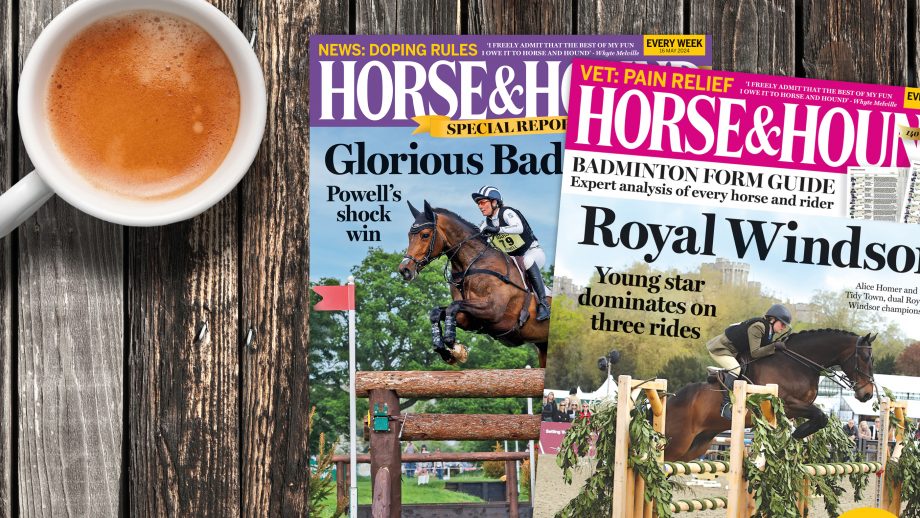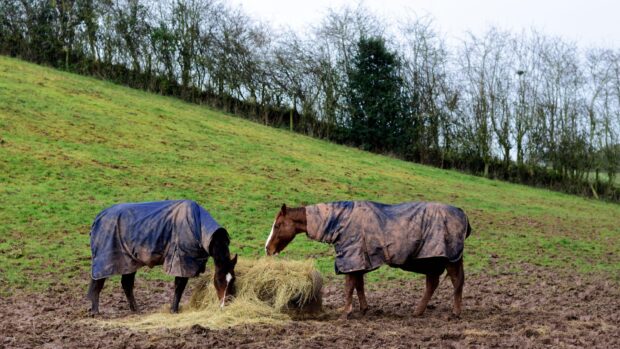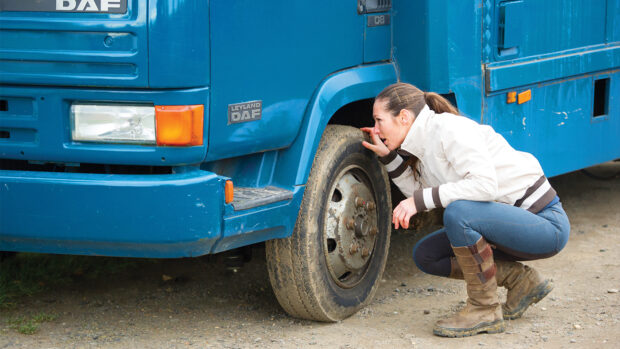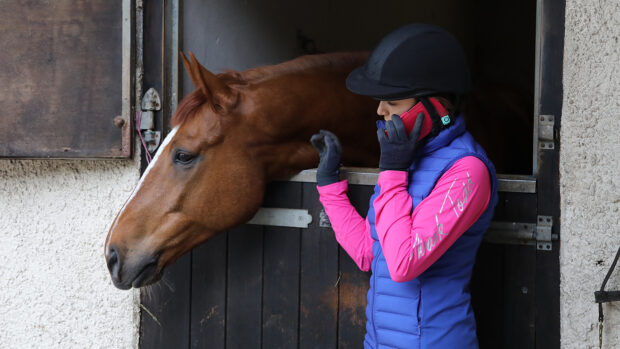Equine loss of use insurance provides financial protection if your horse becomes unfit for its intended use due to illness, injury, or other health-related issues.
This type of insurance is particularly valuable if you own a horse that takes part in an equestrian sport, such as dressage, eventing, showjumping or hunting. It can help recover some of your financial investment if your horse suffers an injury or illness that means it is no longer able to take part in that activity.
Loss of use is typically purchased alongside a standard horse insurance policy, such as a mortality policy that covers a minimum of death, theft and straying. You should expect to pay a higher premium for this than for a standard policy to reflect the additional risk that the insurer is undertaking.
Francis Martin, CEO at The Insurance Emporium, says: “As with any type of insurance, we would always encourage owners to read the policy wording carefully to familiarise themselves with what their policy covers, as cover may vary among providers.”
What is equine loss of use insurance?
Coverage for loss of performance: this insurance covers situations where your horse can no longer perform at the level it was previously trained to or expected to perform at.
It is specific to the horse’s intended use: your horse may be insured for multiple activities, but the loss of use claim would be evaluated based on their specific role.
If you insure a horse as a hack and it breaks down while eventing at two-star level, that’s a breach of contract and will not be covered.
Some horses are insured for a number of different activities and policy holders should check whether their horse has to be incapable of all of their uses in order for them to claim loss of use.
If you have a mare that is no longer able to compete but could be used for breeding, that would still count as a valid loss of use claim.
Pre-existing conditions and exclusions are excluded: it’s important to disclose all of your horse’s prior injuries and health issues when applying for insurance as if you do submit a claim, the insurance company will request their full veterinary history.
“Common general exclusions include pre-existing conditions and conditions that present within 14 days of the loss of use policy starting,” adds Francis.
What is a typical loss of use claim process?
If your horse suffers an injury or illness that renders it unfit for its intended purpose, you will need to provide the horse’s veterinary records to your insurer and your horse may need to undergo an assessment by an equine professional.
A spokesperson for Insurance Emporium explains that with a loss of use case, policy holders have 365 days after your horse first displays clinical signs of an injury, illness, or condition to register the claim.
With some injuries, a period of rehab or time off will be required before an insurance company can decide on the outcome of a claim.
If the loss of use claim is accepted, depending on the terms of the policy, the insurer may pay out a lump sum or offer a payout based on the market value of your horse or the specific contract terms.
If your horse has had a successful loss of use claim made, this information will be registered on the relevant paperwork against their microchip number, with horses at the centre of the claim then usually freezemarked.
What is the difference between partial or full loss of use?
Policies may vary in how they handle partial versus total loss of use. A “partial” loss of use may occur if your horse can still perform at a diminished capacity, while a “total” loss of use would apply if your horse can no longer perform any tasks related to its intended role.
As an example, if your horse was competing at BE100 eventing and suffers a condition or illness that means they can no longer event, but are suitable for hacking, that would be an example of a partial loss of use claim.
If a BE100 event horse suffered a condition or illness that meant they could no longer compete or hack out or take part in any ridden activity, this would qualify as a full loss of use claim.
When insuring with Agria, loss of use covers “90% of the sum insured, up to a maximum of £25,000 or 90% of the market value (whichever is less), of a horse if it develops an illness or suffers an injury that is so serious that it can permanently only be retired and/or turned out at pasture.”
Agria’s spokesperson adds: “The illness or injury must be so severe that even the provision of veterinary treatment or continuing care would not restore your horse’s ability.”
Some insurance policies offer the option to reduce premiums by choosing a lower payout percentage for loss of use, such as 60%. This means the policy will pay out a smaller amount if the insured becomes permanently incapable of use, but at the cost of lower premiums. The specific payout percentage and premium reduction vary depending on the policy and insurer.
Final considerations: do you need loss of use?
Francis Martin, CEO at The Insurance Emporium concludes: “Most importantly with loss of use insurance, you should consider whether it’s right for you – it’s an additional cost to a basic premium.
“In addition, not all insurance providers offer full loss of use if your horse has an injury or condition that results in permanent loss of use – some cover external injuries and accidents only, so you should always check the small print.
“Finally, if your horse doesn’t have to be put down and you choose to retire it, then the cover may only pay a percentage of the horse’s market value.”
Loss of use insurance is an additional cost to a basic premium, so it’s important to assess whether the cover is right for your needs and budget. However, it can make sense for even a riding club or lower-level affiliated rider to have loss of use coverage.
While it may seem less crucial for lower-level riders compared to those at higher levels, it still offers valuable protection against significant financial repercussions if a horse is injured and can no longer be ridden, even at a recreational level.
- To stay up to date with all the breaking news from major shows throughout 2025, subscribe to the Horse & Hound website
You may also be interested in:

9 insurance blunders (and how to avoid them)

Equine insurance: choosing the right policy
Insuring your horse can be a confusing and time consuming process, so follow our top tips to choose the best

Subscribe to Horse & Hound magazine today – and enjoy unlimited website access all year round

Equine mortality insurance explained – everything you need to know, from what it covers to how to make a claim




